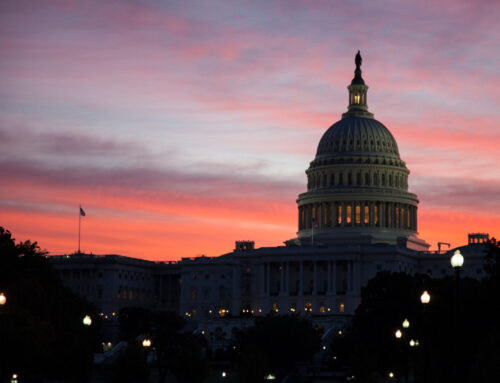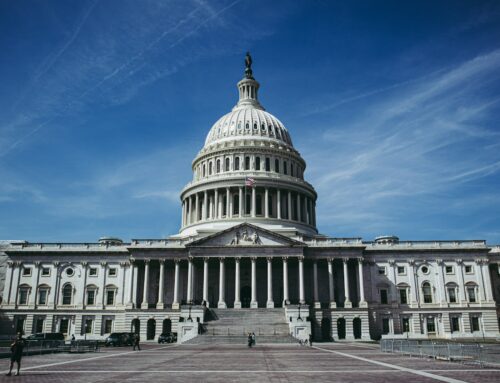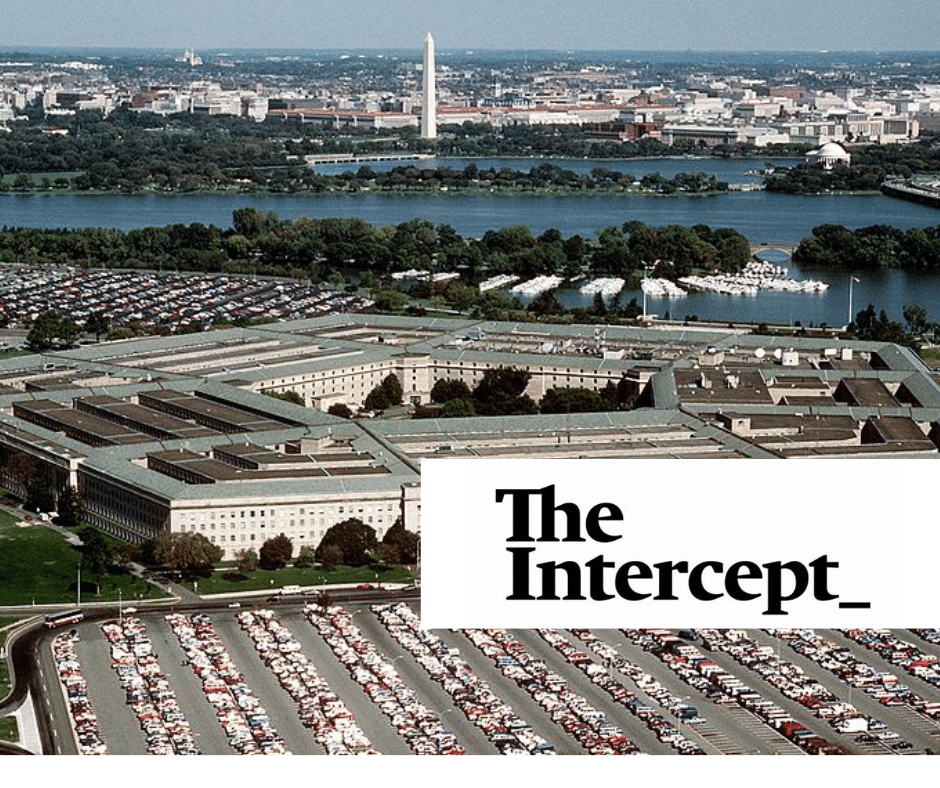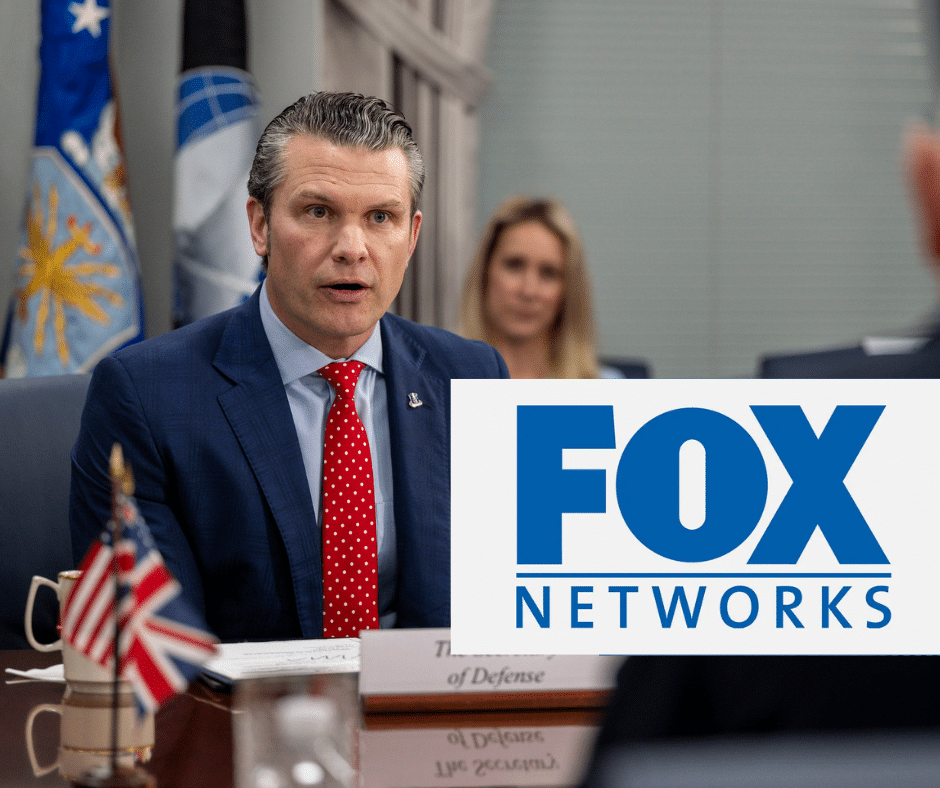President Trump’s penchant for tariffs has the economy and Washington in a state of tumult. Tariffs under Trump are, well, unpredictable. First they’re on, then they’re off. Often the threat of tariffs is used as leverage to get trade deals or to influence domestic or other nation’s policies. It would be a mistake to ignore this unpredictability and bank on tariffs as a means of generating federal revenue. And it would be fiscal malpractice to bank on tariffs to cover the costs of increased spending or tax cuts. Congress needs to reclaim its Constitutional obligation to manage the nation’s finances. An important step is rejecting the administration’s claim that projected tariff revenue will pay for immediate spending or tax cuts.
To say the Trump Administration’s tariff policy is unpredictable is an understatement. A February 1st Executive Order imposed 25 percent tariffs on Canada and Mexico, then two days later they were given a 30 day pause. On March 4 they went into effect, except for automakers (March 5), and most other imports (March 6). Other nations, from China, to India, to the entire European Union, have been targeted. The administration has also promised a new regime of “reciprocal” tariffs assigning tariffs not by item, but dollar-for-dollar specific to each country. And there would be no exceptions when they go into effect on April 2. Except now there are. The future of tariff policy changes not by the week, but seemingly by the minute.
This volatility is because tariffs are President Trump’s Swiss American army knife. At times the claim is tariffs are needed to protect American companies from foreign goods made artificially cheap by subsidies. Other times tariffs are a tool to force countries to negotiate better trade deals for American exporters. But it’s not only about trade, but foreign policy. Tariffs on Mexico unless they stem immigration into the U.S., on China to crack down on fentanyl, on countries that buy Venezuelan oil. Beyond foreign policy there is a novel and reckless goal—as a means of drastically raising revenue. The administration has even floated tariffs as a possible replacement of the income tax and abolishment of the IRS with an ERS—External Revenue Service.
Wherever you fall on the utility of using tariffs to negotiate trade deals or accomplish domestic and foreign policy goals, the notion of using unpredictable future tariff revenue to cover increased spending or tax cuts would be fiscal malpractice on an epic scale. Consumers, businesses, and budget nerds need some semblance of stability to project future revenue and spending. Congress’s official scorekeepers of costs, the Joint Committee on Taxation (JCT) and Congressional Budget Office (CBO), operate under a set of long-established rules and assumptions. Fundamental to their estimates of how legislative proposals impact our nation’s finances, is using current law to project future revenue. This is because there is no crystal ball to predict how future Congresses or administrations will change the law. While acknowledging a range of future economic conditions, these entities apply existing law around mandatory benefits, the tax code, and trade policy, including tariff levels. It’s conservative and common sense.
Tariffs, or even the threat of tariffs, do not exist in a vacuum. Consumers and businesses react. They may shift imports from one country subject to high tariffs to another with lower tariffs. There may be a reduction in exports and an increase in domestic consumption. They may simply consume, and produce, less. It is a difficult task for CBO, JCT, or anyone to project a range of possibilities for how millions of consumers will react to future economic conditions. It is an impossible task for CBO, JCT, or anyone to project consumer behavior AND predict exactly how future Congresses will change laws, tax rates, and tariffs over the next 10 years (the typical, statutorily required scoring baseline).
The greatest threat to our country is that we have a spending appetite that exceeds the revenue level lawmakers are willing to stomach. Annual deficits remain high, and total debt is rising (from $20 trillion in 2018 to more than $36 trillion today). Simply extending the Tax Cuts and Jobs Act will add nearly $5 trillion to the nation’s debt. Adding tax breaks from the President’s wish list—no taxation of tips, overtime, Social Security, and more—could push the price tag north of $11 trillion.
Lawmakers need to make tough decisions now to right the nation’s fiscal ship. Any effort to rein in deficits and pare down debt will require lawmakers to reevaluate every corner of the budget, from entitlements, to defense, to domestic programs. It also requires an honest assessment of the inadequacy of current revenue levels to cover these program costs. The notion that taxpayers can count on tariffs generating hundreds of billions or even trillions of dollars in new tax revenue is pure fiction. Lawmakers must reject this fantasy and implement spending and tax policies in line with the realities of basic economics, arithmetic, and simple common sense.
- Photo by Dennis Zhang on Unsplash










